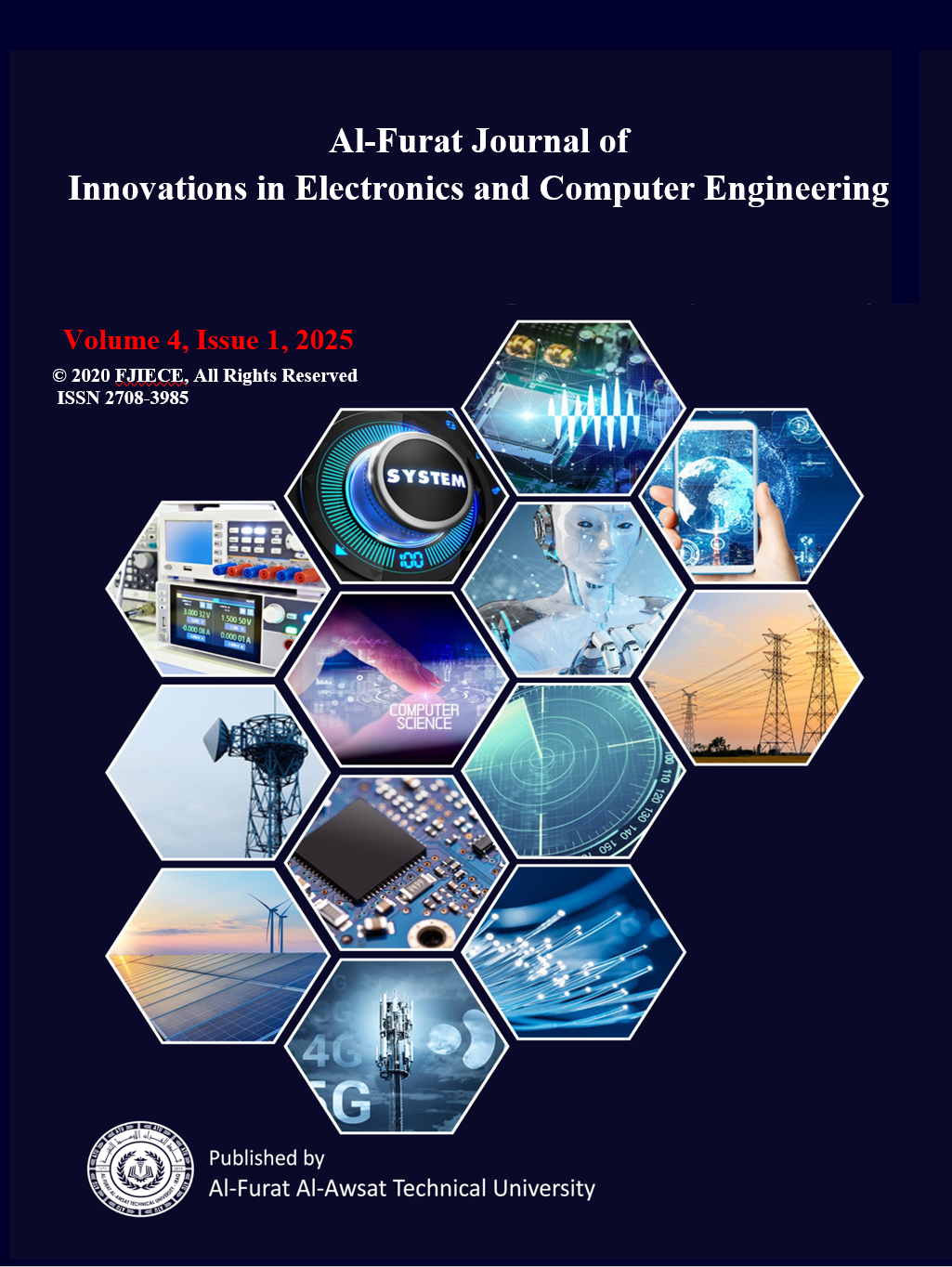Electricity Theft Detection in Smart Grids Based on Machine Learning Techniques
Keywords:
Energy Theft; Non-Technical Losses; Machine Learning; Deep Learning; Energy Theft Detection.Abstract
Electric energy theft causes technical and non-technical losses in addition to serious destruction to energy suppliers and the power grid. Power quality and overall profitability are negatively impacted by energy theft. By combining data and energy flow, smart grids could potentially solve the issue of power theft. Power theft can be detected with the use of smart grid data analysis. However, there was room for improvement in the previous approaches' ability to detect energy theft. In this study, we introduced a machine-learning model for energy theft detection and smart grid classification based on active learning.
For the utilities, electricity theft is a serious worry. The introduction of smart meters has increased the frequency of gathering data on residential energy usage, opening it up for sophisticated data analysis that was previously unattainable. In fact, the sustainability, efficiency, and dependability of the conventional energy infrastructure may be significantly increased by employing Smart Grid (SG) networks, which are essentially enhanced networks of linked things. The amount of data generated by the SG infrastructure is enormous and includes user power usage. By employing machine learning and deep learning algorithms on this data, it is possible to precisely identify individuals who steal electricity. electricity consumption dataset released by State Grid Corporation of China is used to train and test the models. The Dataset released by State Grid Corporation of China is used since It was the sole dataset accessible online. The total number of users is 42372. The Number of normal users is 38757. The Number of aberrant user or electricity thieves 3615. A set of six algorithms used in the research. the most accurate algorithm is Support Vector Machine SVM. The use of this technology in this field may improve the precision of energy theft detection as well as the issues and outcomes associated with power.
More specifically, the Deep Conventional Neural Network CNN model effectively completes two tasks: it distinguishes between non-periodic energy and, at the same time, preserves the general features of the power consumption data. The results of the testing show that the deep CNN model has the highest level of accuracy and performs better than previous models for energy theft detection.in this thesis a set of six which is algorithms (Random Forrst,Logistic Regression,Support Vector Machine,K Nearst Nighbour and NN Deep Learning) used, the best algorithm chosen.the work provided that the most accuarate algorithm is the SVM with accuracy of 91%.





